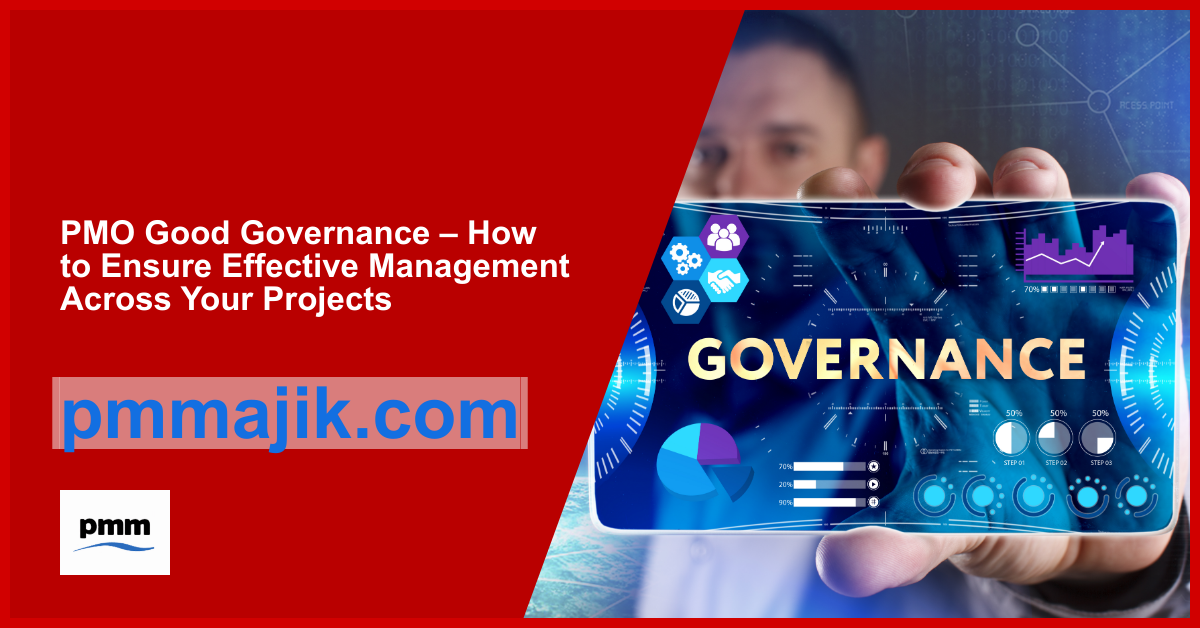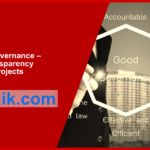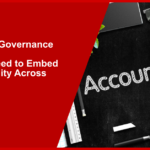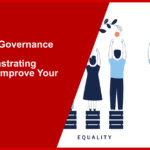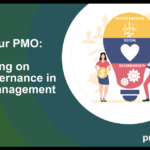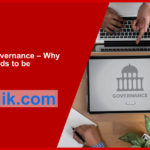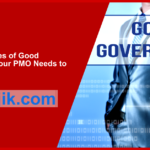Within your project management office (PMO), one of your main focuses is likely to be good governance. Out of the eight principles of good governance, ensuring effective management should be the bedrock of what your office does.
While it’s the bread and butter of the work of a PMO, it is still important to establish exactly what effective management looks like and why it’s important to your office and project success.
Here, we’re going to explore:
- What effective management looks like for a PMO
- Examples of effective management techniques
- Why you need to maintain focus on effective management
How does a PMO ensure effective management of projects?
Effective management means that you have the processes and structures in place to make sure that projects get delivered to the targets and expectations that were sent for them. It’s the job of your PMO to outline and support the processes and find solutions when project management goes off track.
The principles of effective management include:
- Standardised processes, such as having templates for creating project charters, identifying and engaging stakeholders, managing and mitigating risk, and other processes.
- Resource allocation, such as deciding how to use the people, tools, and software at the disposal of each project. Within your PMO, you should support projects to manage their resources, including sharing resources across different projects.
- Performance monitoring, including setting KPIs and performance metrics for projects. These should align with the business’ mission and strategy, and your PMO should be getting regular reports on how projects are performing.
- Risk management is a key element of good management, and your PMO needs to support projects to identify them at the beginning and throughout the project and help find ways to overcome or mitigate them.
- Stakeholder engagement means making sure projects know which stakeholders to involve, when, and to what extent. Your PMO should build stakeholder engagement strategies into processes and frameworks to embed the idea across projects.
- Continuous improvement means that both your project and your PMO are constantly looking for ways to perform better. Your PMO should regularly analyse successful and unsuccessful projects and find ways to update processes and procedures to optimise projects.
Your PMO needs to keep an eye on these management fundamentals. It can be easy to think these are basic and take your eye off them, which can lead to stagnation in the project process.
Why does a PMO need to focus on effective management in terms of good governance?
Effective management in your PMO will ensure you deliver the fundamental reasons for your office’s existence. The overall success of each project will be down to good management with the support of general good governance.
You will also ensure:
- The best use of resources across the projects you manage means lower costs and less waste.
- Satisfied stakeholders who sign off on and receive the deliverables they expected at the start of the project.
- Fewer realised risks, with a stronger awareness of what could go wrong before it did, you’ll avoid costs and problems.
- Accountability for projects so when things go right or wrong, you can make sure the reasons are understood well.
- Better long-term project management, with a focus on getting things right and improving what “right” means on a long timeline.
Effectively managed project resources for good governance
Managing your resources well, and making sure that project managers allocate resources efficiently, is a good starting point for good governance. You want to make sure that projects can manage the resources available to it optimally to reduce waste, avoid risk, and ensure you can identify the things that work and that don’t work for effective management in your PMO.
